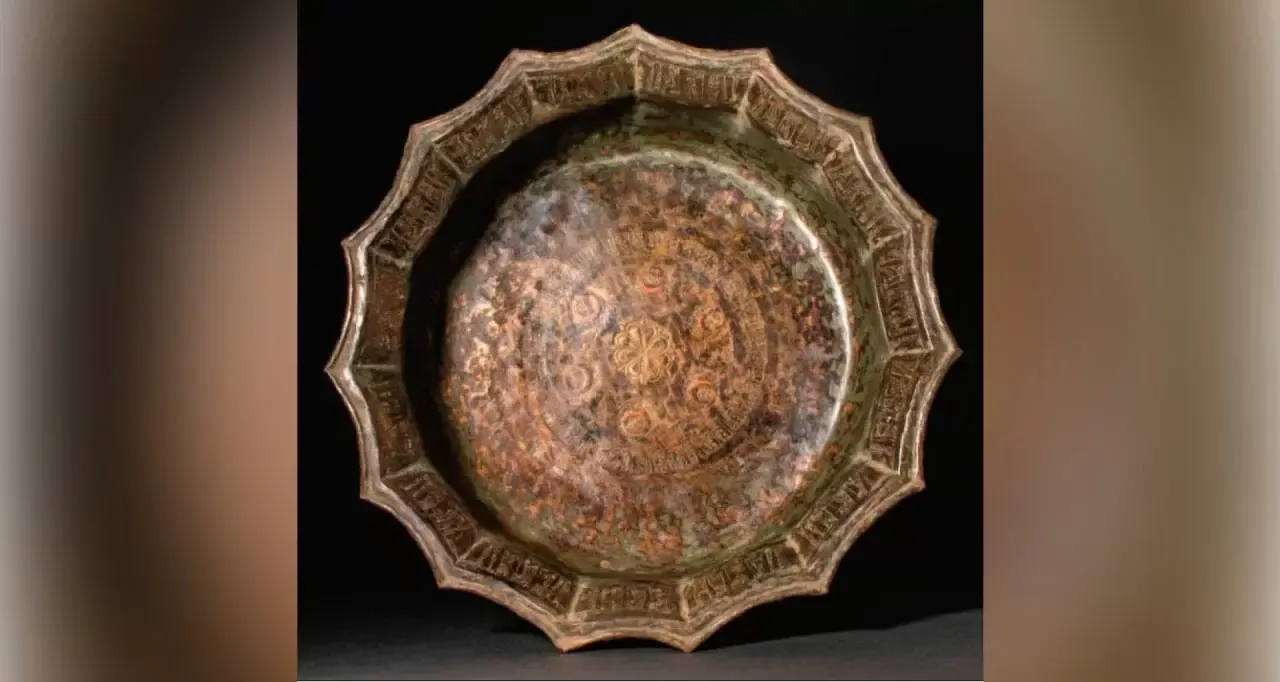
In the Middle Ages, the regions of Khorasan and Transoxiana were important centers of science, culture, applied arts, and craftsmanship. This was reported by Zamin.uz.
The works created in these regions not only met the needs of daily life but also reflected the artistic taste, spiritual culture, and moral views of the people. One of such unique finds is a lead vessel crafted in the shape of a petal.
Experts believe this item dates back to the 12th–13th centuries, particularly to the Ghaznavid period. Currently, this antique item is preserved in the "Orpheus" gallery in London.
At that time, such vessels were widely used in ceremonial events, as home decorations, or for practical purposes, showcasing the high skill of artisans. Such artifacts are very rare in the collections of museums in Uzbekistan.
Therefore, bringing them from foreign collections and galleries is of great importance for enriching the national cultural heritage and presenting the history and cultural values of our people to the wider public. Collecting unique artifacts for the Center of Islamic Civilization in Uzbekistan and presenting them to the international community is one of the priority tasks.
The inclusion of the petal-shaped lead vessel in the central exhibition is considered an important step in this direction. Such finds are silent witnesses connecting the past with the future.
Preserving, repatriating, and passing them on to future generations means safeguarding spiritual heritage and building a bridge to the future.






